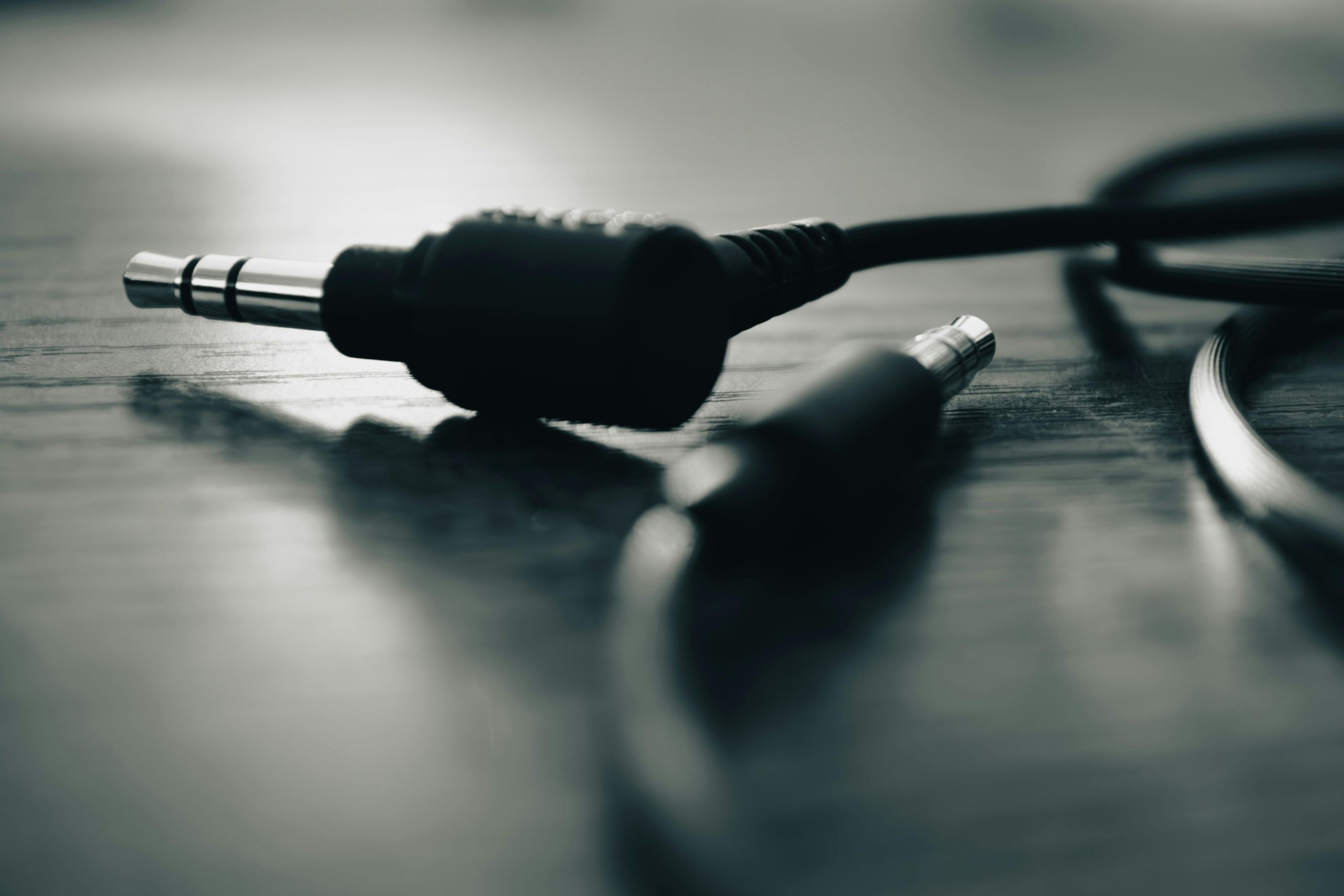Essential Checklist After a Fresh Windows Installation
Installing a fresh copy of Windows can be an exhilarating yet overwhelming experience. Whether you’re looking to refresh your system’s performance or resolve persistent issues, ensuring that you have a streamlined plan in place can help you hit the ground running. Here’s a comprehensive checklist to consider following your new installation, which will ensure your PC is equipped, optimized, and personalized to meet your needs.
1. Install Motherboard Drivers
Start by installing the necessary drivers for your motherboard, as these are crucial for system stability and performance. Check the manufacturer’s website for the latest versions to ensure compatibility.
2. Download Your Preferred Browser
While Windows comes equipped with Microsoft Edge, downloading your preferred web browser, such as Google Chrome, can enhance your online experience. It’s the first step toward customizing your browsing environment.
3. Install Graphics Drivers
To unlock the full potential of your graphics card, make sure to install the latest drivers. This step is essential for gamers and professionals working with graphic-intensive applications.
4. Utilize Ninite for Common Applications
Ninite is a fantastic tool that automates the installation of popular software. By using Ninite, you can quickly set up essential applications like media players, messaging apps, and more, all in one go.
5. Reinstall Essential Software
Once Ninite has completed, or if you prefer manual installations, now is the time to reinstall any necessary software, including productivity suites, editing tools, and your favorite games.
6. Customize Cortana Settings
For those who prefer minimal interaction from the digital assistant, it’s advisable to disable Cortana after your installation. This allows for greater control over your user experience, keeping distractions to a minimum.
7. Turn Off Web Search Features
To further enhance your privacy and streamline your workflow, consider disabling web search features. This setting can reduce clutter and improve performance during local searches.
Keep Track of Your Customizations
It’s easy to lose track of essential tweaks and adjustments over time. Moving forward, consider documenting your changes as you go. This will save you time during future installations and help maintain your ideal setup.
By following these steps, you’ll be well on your way to having a fully-functional, personalized Windows environment. Share your own tips or modifications in the comments below! Happy computing!
Share this content:



